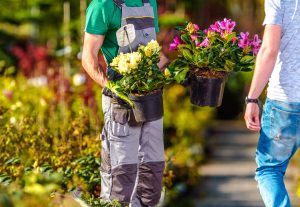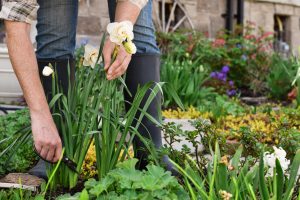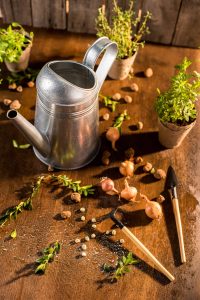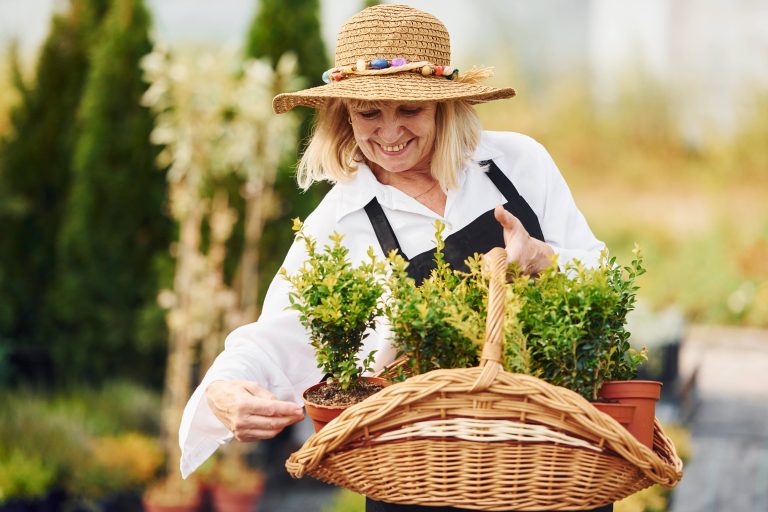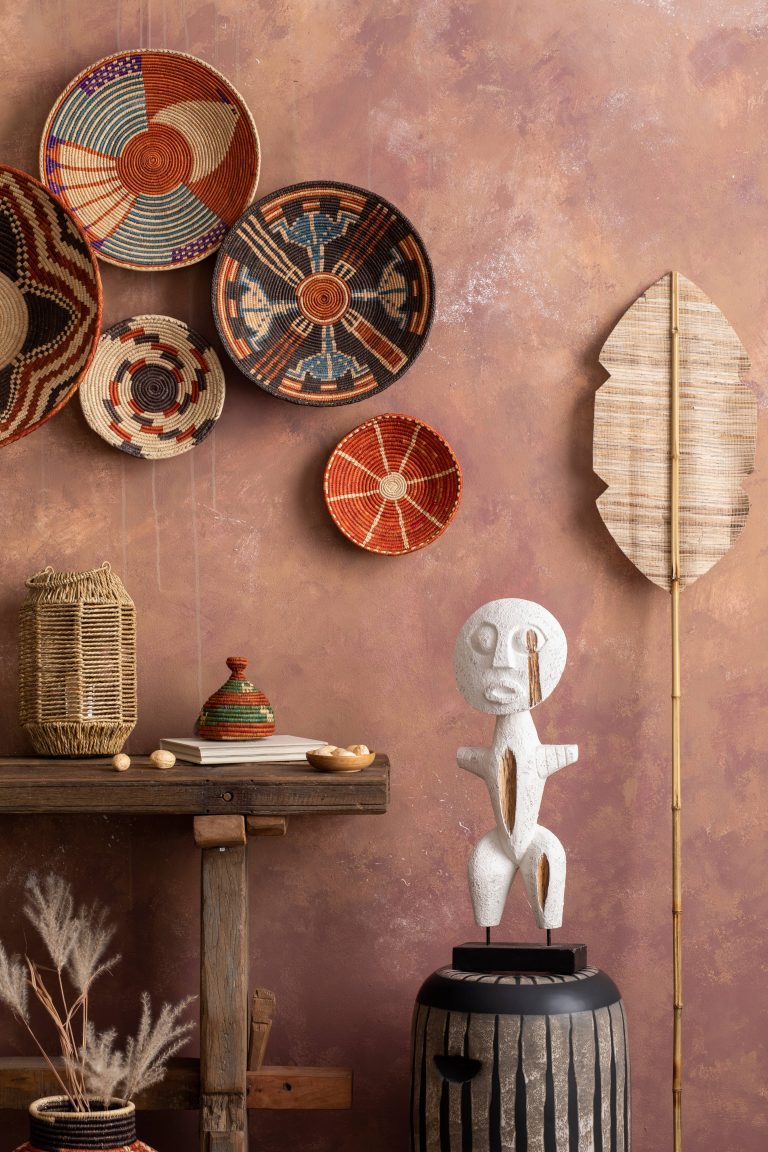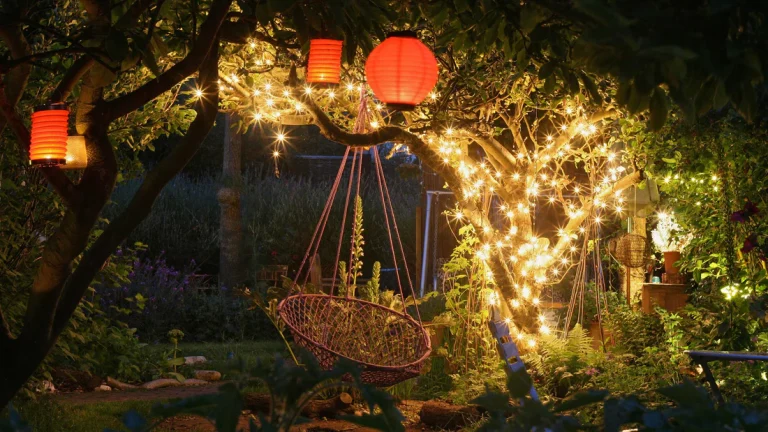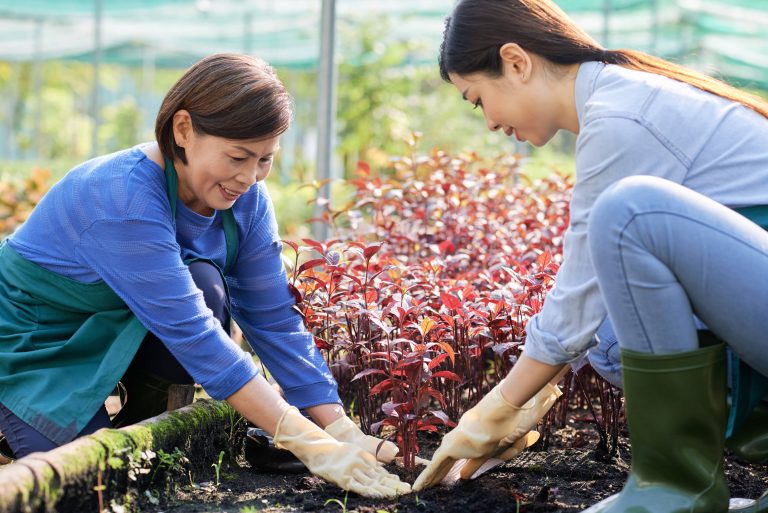
As the world becomes increasingly environmentally conscious, more individuals are searching for ways to live sustainably and reduce waste. One of the simplest and most effective ways to achieve this is by starting a compost pile in your backyard. Not only does composting reduce the amount of waste you send to landfills, but it also provides a nutrient-rich amendment for your garden soil, promoting healthier plants and reducing the need for chemical fertilizers. If you’re contemplating starting your own compost pile, read on for a guide that will turn your kitchen scraps and yard waste into black gold that will enrich your garden.
The Benefits of Composting
Before diving into the how-to of composting, it’s worth understanding why it’s such a beneficial practice:
1. Waste Reduction: Composting can divert up to 30% of household waste away from the landfill. This not only decreases the amount of trash you accumulate but also reduces methane emissions from landfills.
2. Soil Enrichment: The finished compost is full of nutrients essential for plant growth. When added to your garden, it enriches the soil, improves soil structure, and increases the soil’s ability to retain moisture.
3. Cost Efficiency: By making your own compost, you can save money on commercial soil conditioners and fertilizers.
4. Environmental Impact: Composting reduces the need for chemical fertilizers and promotes a more natural approach to gardening, aligning with ecosystem sustainability.
Setting Up Your Compost Pile
Choose a Location
When starting a compost pile, location is essential. You’ll want a spot that’s easily accessible but not directly in the way. Consider placing your pile in a shaded area to prevent it from drying out too quickly. Good drainage is crucial to avoid waterlogged compost. Also, ensure the location is relatively close to your garden for ease of use.
Select Your Composting Method
There are several composting methods, and choosing one relies upon your preferences and the space available:
– Static Pile Composting: This is the simplest method and involves piling up compost materials directly on the ground. It requires little maintenance aside from the occasional turning of the pile.
– Compost Bin: These are containers that contain your compost materials, minimizing pests and keeping things tidy. You can purchase a ready-made bin or construct one yourself using wood pallets.
– Tumbler Composter: This method involves a barrel on a stand, which you turn periodically. This is ideal for those seeking quicker composting results since tumblers manage aeration efficiently.
Gather Your Materials
Starting a compost pile requires a mix of green and brown materials:
– Green Materials: These are rich in nitrogen and include kitchen scraps like fruit and vegetable peels, coffee grounds, and eggshells. Grass clippings are another excellent source.
– Brown Materials: Rich in carbon, these include dried leaves, twigs, straw, and shredded newspaper.
A balanced compost pile generally consists of two parts brown materials to one part green materials. This ratio helps to ensure proper decomposition without unpleasant odors or excessive moisture.
Building the Compost Pile
1. Base Layer: Start with a layer of coarse material such as twigs or straw. This helps with drainage and aeration.
2. Layering: Follow with alternating layers of green and brown materials. Chop or shred larger pieces to increase decomposition speed.
3. Moisture: Keep your compost moist but not soggy. It should feel like a damp sponge. During dry spells, you might need to add a bit of water.
4. Aeration: Turn your pile every few weeks using a garden fork or shovel. This introduces oxygen, which is essential for aerobic decomposition.
Troubleshooting Common Compost Problems
– Odor: A strong ammonia smell indicates too many green materials. Add more browns and turn the pile.
– Dry Compost: If decomposition is slow, your pile might be too dry. Add water and turn to introduce moisture.
– Pests: If you notice unwanted pests, avoid adding meat or dairy products and ensure your compost pile is covered or contained.
When Is Your Compost Ready?
Under optimal conditions, compost can be ready to use in as little as three months, especially if using a tumbler. However, six months to a year is typical for most backyard piles. You’ll know it’s ready when the material is dark, crumbly, and has a pleasant earthy smell.
Using Your Compost
Once your compost is ready, it’s time to enrich your garden with it. Mix it into garden beds, topdress lawns, and use it as a potting mix for container plants. This will boost the nutrient profile of your soil and promote vigorous plant growth.
Conclusion
Starting a compost pile in your backyard is an easy and rewarding endeavor. With a small amount of effort, you can significantly reduce your household waste and improve the health of your garden. Composting is a way of not only contributing to a sustainable planet but also creating a thriving garden. So, grab those kitchen scraps, put on your gardening gloves, and give composting a try. Your plants—and the earth—will thank you.

